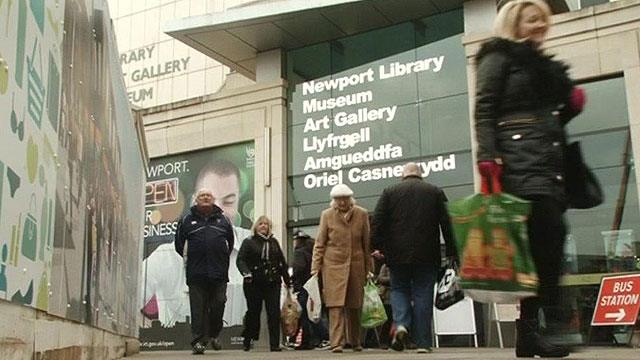'Resilient' museums surviving budget cuts by councils
- Published
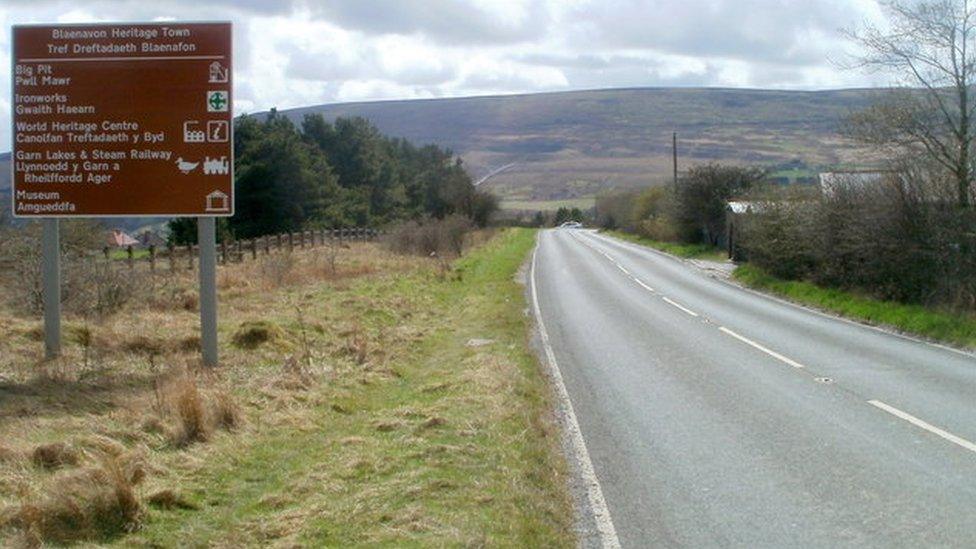
Museums hit by falling budgets due to council cuts will find a way of reinventing themselves, a charity which represents them has said.
The Federation of Museums & Art Galleries of Wales (FMAGW) said some of the 90-plus venues have been hit hard but others are in a better position.
It follows years of cuts.
A 2015 report into local museum provision, external said a cycle of decline "has already started which will at best lead to 'zombie' museums".
By that it meant funding would "only be sufficient to maintain collections with no 'doing money' for improvement, activities and events that encourage access by the widest audience".
It warned the result would be waning interest which would lead to further funding cuts and closures.
"There are some bad sites and there are some good ones," John Marjoram, development officer at FMAGW, said.
"Services have been hit with cuts to the budget and there have been one or two branch closures."
Local authorities shut Cynon Valley museum in south Wales and Newtown textile museum in Powys but these have reopened as independent museums, while Bersham heritage centre in Wrexham and Llanidloes museum, Powys, have recently closed.
Some other places such as Cyfarthfa Castle museum have been taken over by a trust which runs all leisure services in Merthyr Tydfil and there are some which have been saved.
"One of the things about museums is a lot of them are in historic buildings," Mr Marjoram added.
"But it's a mind set about how you look at heritage. Museums are remarkably resilient.
"A lot of museums are run by volunteers and perhaps it's surprising that so few museums have actually closed."
"Amazingly, museums have come through a lot of difficulties since 2008 and I don't think the public will have noticed."
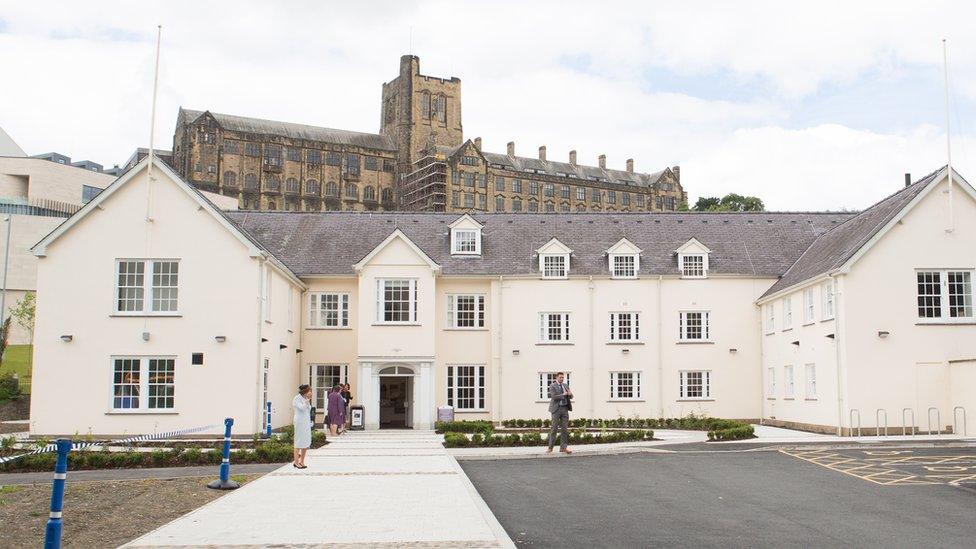
Storiel in Bangor has been a success story
One museum which has been noticed is Storiel in Bangor, Gwynedd.
The £2.5m project has replaced Gwynedd museum and art gallery which lost half its funding in 2008 and closed in September 2015.
It attracted 12,000 to 15,000 people a year, but Storiel has had 80,000 visitors since it opened a year ago.
"It's staggering," principal museum and arts officer Nest Thomas said.
'Quicker change'
"From a very negative situation, we were able to turn it around because there was a lot of public support.
"With a new vision and business case, we were able to access grants and open Storiel in the new building at Bishop's Palace.
"Obviously the offer is different. It's got lifts, a café and an improved shop.
"We change our art exhibitions every six to eight weeks and the museum collection is the same from the old place.
"We will be introducing digital interpretations and apps and 3D interpretations.
"We've also got community spaces to work with local groups and spaces for activities and events which has proven more popular than we were anticipating."
Ms Thomas said there was still a need to work "very, very hard" on two key elements - ensuring people keep coming back and funding.
But she warned other museums facing difficulties will have a much tougher task to turn them around.
"Gwynedd museum and art gallery was one of the first to take a big hit and we were fortunate that we were given time," she said.
"Now, change is quicker. You have to look for premises and for funding and you are working in a harder climate.

The condition of Carmarthenshire museum is deteriorating
"Places need to look at what they are doing, why they are doing it and who for. Be clear on what the vision is.
"You've got to be the eyes and ears, be out looking for projects and be very, very proactive - we were involved with the Weeping Window poppies at Caernarfon Castle.
"We want to make sure these museums and art galleries survive for the next century."
One problem facing many museums is that they are housed in old buildings which are in much need of expensive repairs such as Carmarthenshire Museum in Abergwili.
'Bucking the trend'
"It's a very old building and it's part of a big plan to undertake a significant redevelopment," said the county's museums development manager Morrigan Mason.
"Carmarthenshire council is bucking the trend and creating new jobs like mine. It has been through a process of cutting back.
"There have been problems as a result of that with buildings falling further into a state of disrepair.
"It's also about museums not making a song and dance.
"There's been a real culture change in Carmarthenshire. It seems almost every museum they've got is facing potential redevelopment."
Mrs Mason said the change of heart has come from the top ranks at Carmarthenshire council who have a "strong interest and pride in heritage".
"There's a real sense of urgency" she added. "We're looking at an explosion of development on the museum front."
- Published16 March 2016
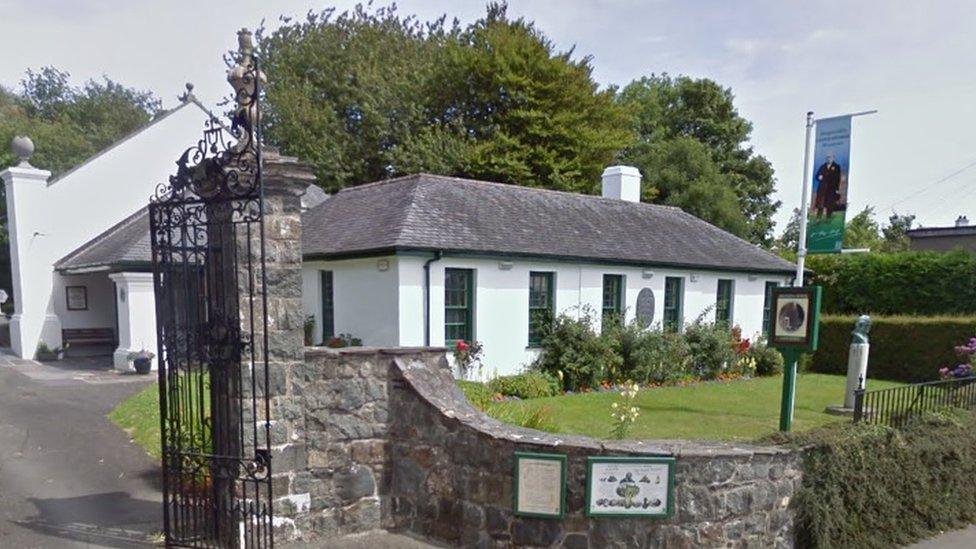
- Published6 October 2016
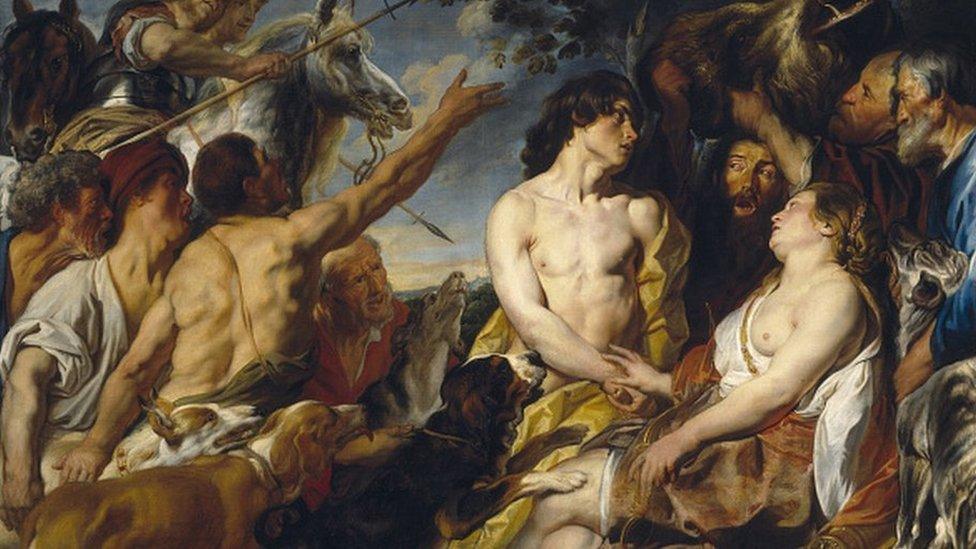
- Published26 August 2015
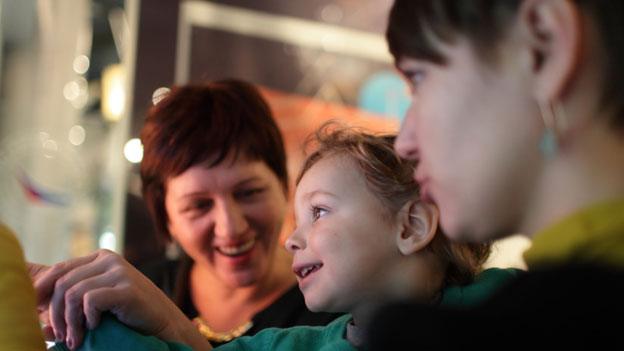
- Published1 April 2015
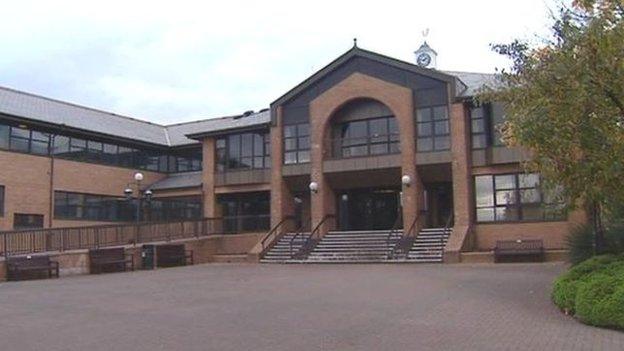
- Published11 December 2014
